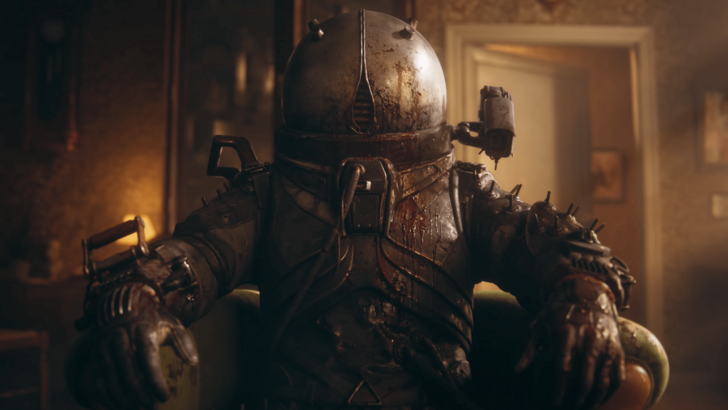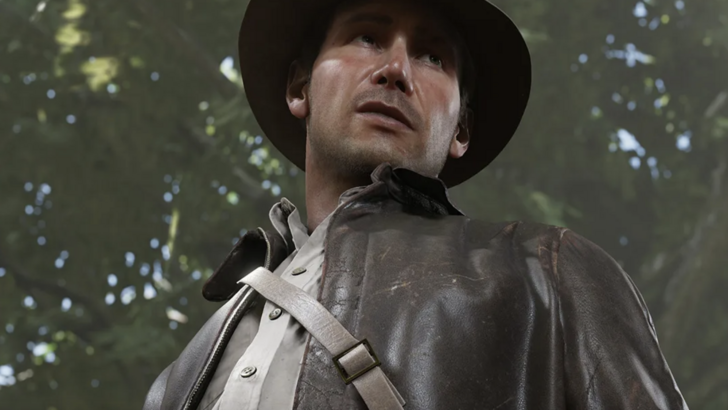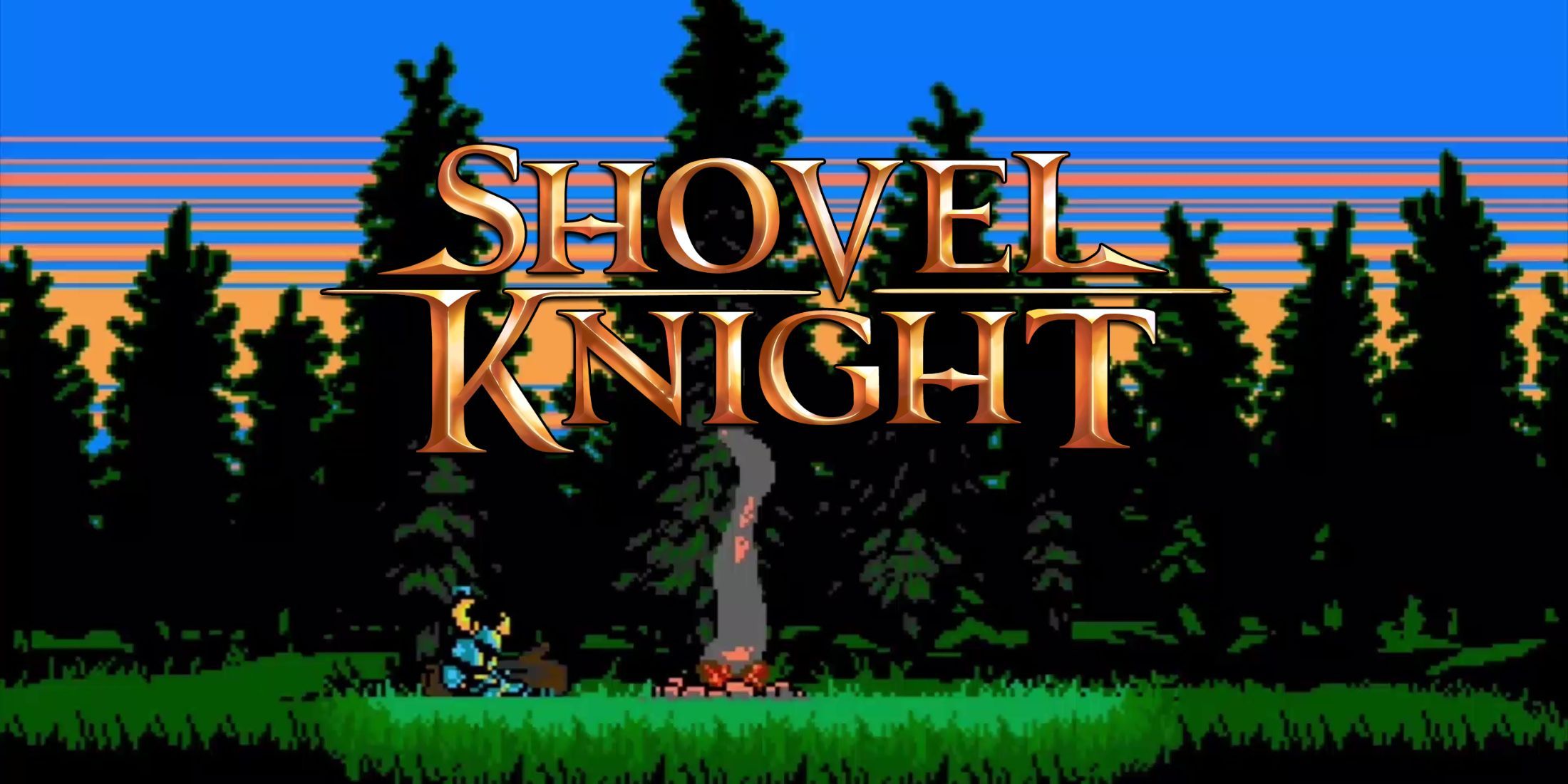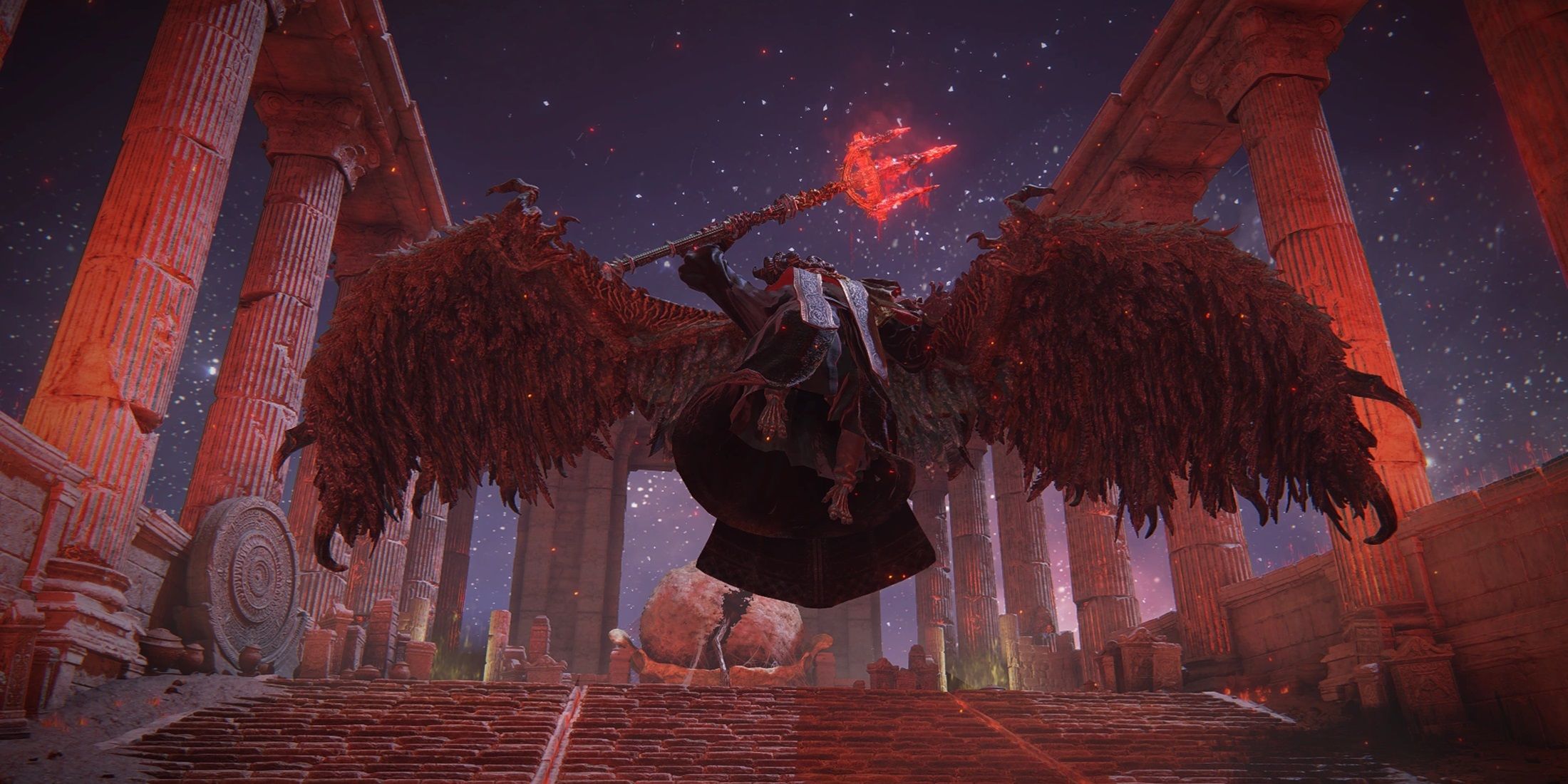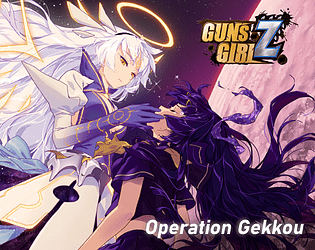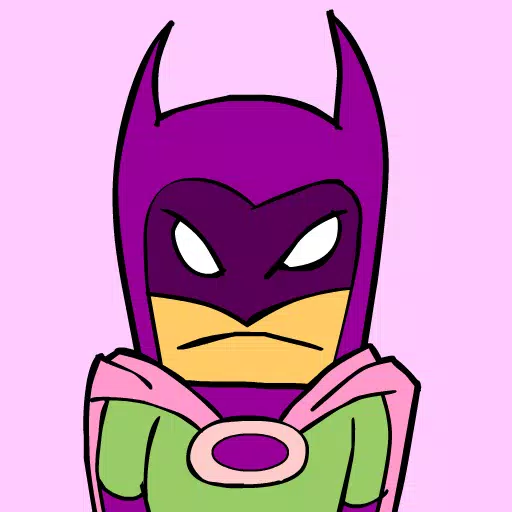The 1970s marked a period of significant change for Marvel Comics, introducing iconic storylines like "The Night Gwen Stacy Died" and Doctor Strange's encounter with God. However, it was the 1980s that truly elevated Marvel to what many consider its golden age. This decade saw legendary creators produce landmark runs on their most popular titles, including Frank Miller's transformative work on Daredevil, John Byrne's influential tenure on Fantastic Four, David Michelinie's compelling Iron Man stories, and the zenith of Chris Claremont's X-Men saga. Additionally, Roger Stern's Amazing Spider-Man and Walt Simonson's Thor were just on the horizon. These creators and their iconic runs are pivotal in understanding the enduring appeal of these characters today.
When examining the complete history of the Marvel Universe, the 1980s stand out as a potential true golden age. In Part 7 of our series, we delve into the essential issues of this remarkable period.
More Essential Marvel
- 1961-1963 - The Birth of a Universe
- 1964-1965 - The Sentinels Are Born and Cap Dethaws
- 1966-1969 - How Galactus Changed Marvel Forever
- 1970-1973 - The Night Gwen Stacy Died
- 1974-1976 - The Punisher Begins His War on Crime
- 1977-1979 - Star Wars Saves Marvel From Bankruptcy
- The Dark Phoenix Saga and Other All-Time X-Men Stories
The Dark Phoenix Saga and Other All-Time X-Men Stories
Chris Claremont's run on X-Men began in 1975, but it was in the early 1980s that he crafted some of the franchise's most memorable stories. The Dark Phoenix Saga, spanning X-Men #129-137, is arguably the most celebrated X-Men story ever. This epic tale sees Jean Grey, corrupted by the cosmic Phoenix entity and influenced by the Hellfire Club, transform into the Dark Phoenix, one of the X-Men's most formidable foes. John Byrne's pencils and co-plotting helped turn this story into a cosmic space opera, introducing characters like Kitty Pryde (Shadowcat), Emma Frost, and Dazzler. Jean Grey's eventual sacrifice remains a poignant moment in the X-Men saga, despite her later returns. The story has inspired multiple adaptations, though many fans feel the films X-Men: The Last Stand and Dark Phoenix didn't fully capture its essence. Animated series, such as X-Men: The Animated Series and Wolverine & the X-Men, have provided more faithful renditions.
AnswerSee ResultsFollowing closely, the two-issue arc "Days of Future Past" in X-Men #141-142, introduces the dystopian future dominated by Sentinels, first created by Stan Lee and Jack Kirby in 1965. In this gripping narrative, an adult Kitty Pryde travels back in time to prevent the assassination of Senator Robert Kelly, an event that triggers this bleak future. This storyline's impact is profound, influencing numerous subsequent stories and adaptations, including the 2014 film X-Men: Days of Future Past and the season arc of Wolverine & the X-Men.
X-Men #150 further cements Claremont's legacy with a confrontation between the X-Men and Magneto that nearly results in Kitty Pryde's death. This issue reveals Magneto's Holocaust survivor backstory, setting the stage for his complex character development into a more morally ambiguous figure.
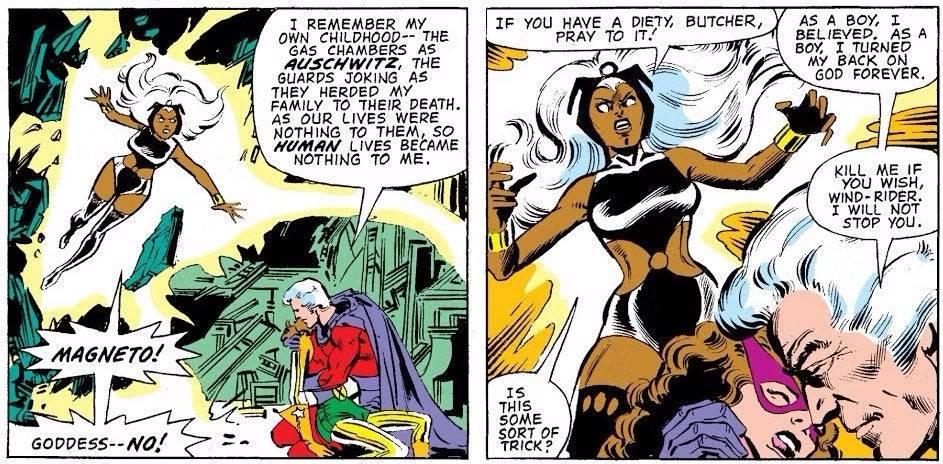 X-Men #150
X-Men #150
The First Appearances of Rogue, She-Hulk, and the New Mutants
The 1980s also introduced major characters, particularly notable female heroes. Rogue, one of the most iconic X-Men members, initially debuted as a villain in Avengers Annual #10. As Mystique's foster daughter and a member of the Brotherhood of Evil Mutants, Rogue's first act was to drain Carol Danvers (Ms. Marvel) of her powers, setting off a chain of events that reshaped both characters' trajectories. This issue also highlighted Carol's alienation from the Avengers due to their inaction during her ordeal with Marcus Immortus, as revealed in the controversial Avengers #200.
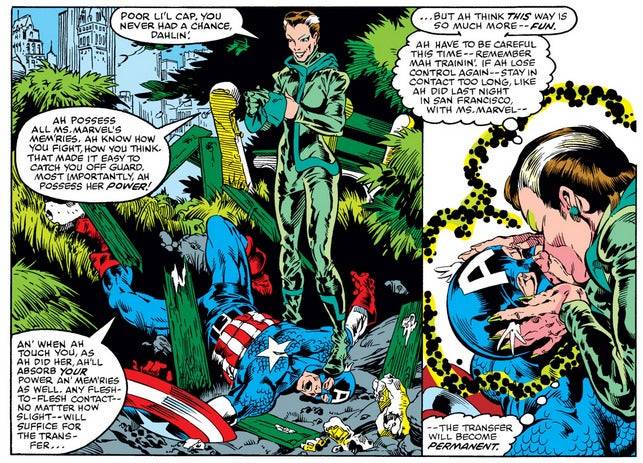 Rogue... as a bad guy in Avengers Annual #10.
Rogue... as a bad guy in Avengers Annual #10.
She-Hulk, created by Stan Lee, debuted in Savage She-Hulk #1. Jennifer Walters, Bruce Banner's cousin, gains powers after a life-saving blood transfusion. Although her initial solo series was less successful, She-Hulk's character flourished with the Avengers and Fantastic Four. Tatiana Maslany brought She-Hulk to life in the MCU's self-titled series.
The New Mutants, Marvel's first X-Men spin-off, debuted in Marvel Graphic Novel #4 and then in their own series. The initial team of teenage mutants included Cannonball, Sunspot, Karma, Wolfsbane, and Dani Moonstar (Mirage). Illyana Rasputina (Magik), Colossus's younger sister, joined in issue #15, setting the stage for many of her significant stories. This lineup, minus Karma, inspired the 2020 New Mutants film, with Anya Taylor-Joy portraying Magik.
Iconic Storylines for Daredevil, Iron Man, and Captain America
Daredevil #168 marked the beginning of Frank Miller's influential writer-artist run, introducing Elektra and reimagining Daredevil's mythology. Miller's gritty, noir storytelling over the next two years included the rise of Kingpin as Matt Murdock's nemesis, the introduction of Stick, Daredevil's first clash with the Punisher, and the tragic death of Elektra by Bullseye in issue #181. Miller's work in Daredevil #168-191 remains a cornerstone of the character's legacy, influencing the 2003 film and the 2015 Netflix series, with the upcoming MCU show Daredevil: Born Again set to continue this tradition.
David Michelinie and Bob Layton's Doomquest in Iron Man #149-150 features Iron Man's first solo confrontation with Doctor Doom, catapulting them back to Arthurian times. Iron Man aligns with King Arthur while Doom collaborates with Morgan le Fay. This arc established Doctor Doom as a significant adversary in Iron Man's rogues gallery.
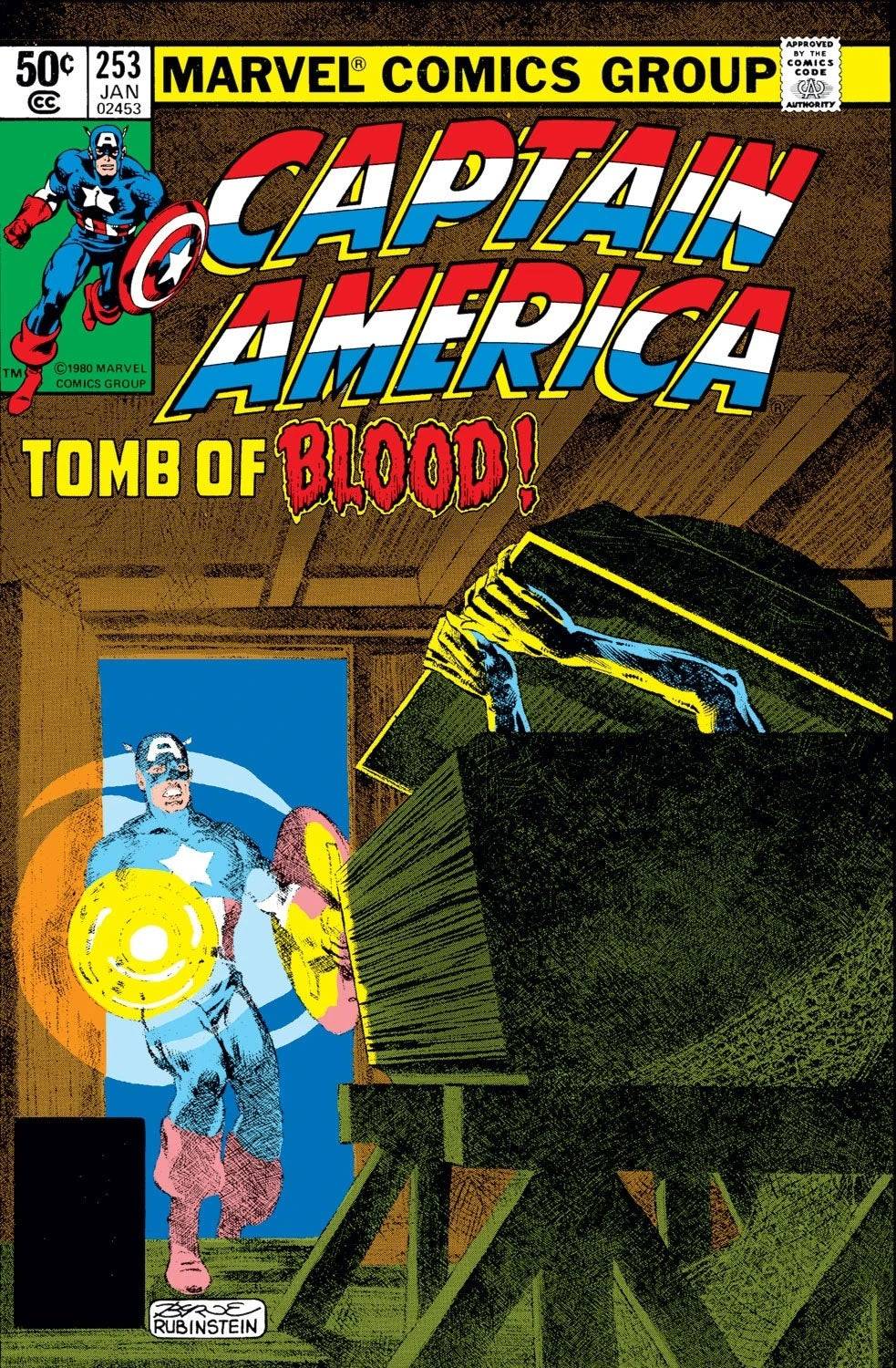 Captain America #253
Captain America #253
Captain America's battle with Baron Blood in Captain America #253-254, crafted by Roger Stern and John Byrne, is another standout story. This darker tale involves Cap facing off against the Nazi vampire John Falsworth, a former adversary from his Invaders days, delivering a gripping narrative with powerful artwork and a shocking conclusion.
Moon Knight Becomes a Hero and Marvel Helps Create the G.I. Joe Mythology
Moon Knight's transition from antagonist to hero was solidified in Moon Knight #1. After his debut in Werewolf by Night #32, this issue by Doug Moench and Don Perlin fully established his heroic persona, detailed his backstory, and introduced his alter egos, Steven Grant and Jake Lockley, laying the groundwork for his future adventures.
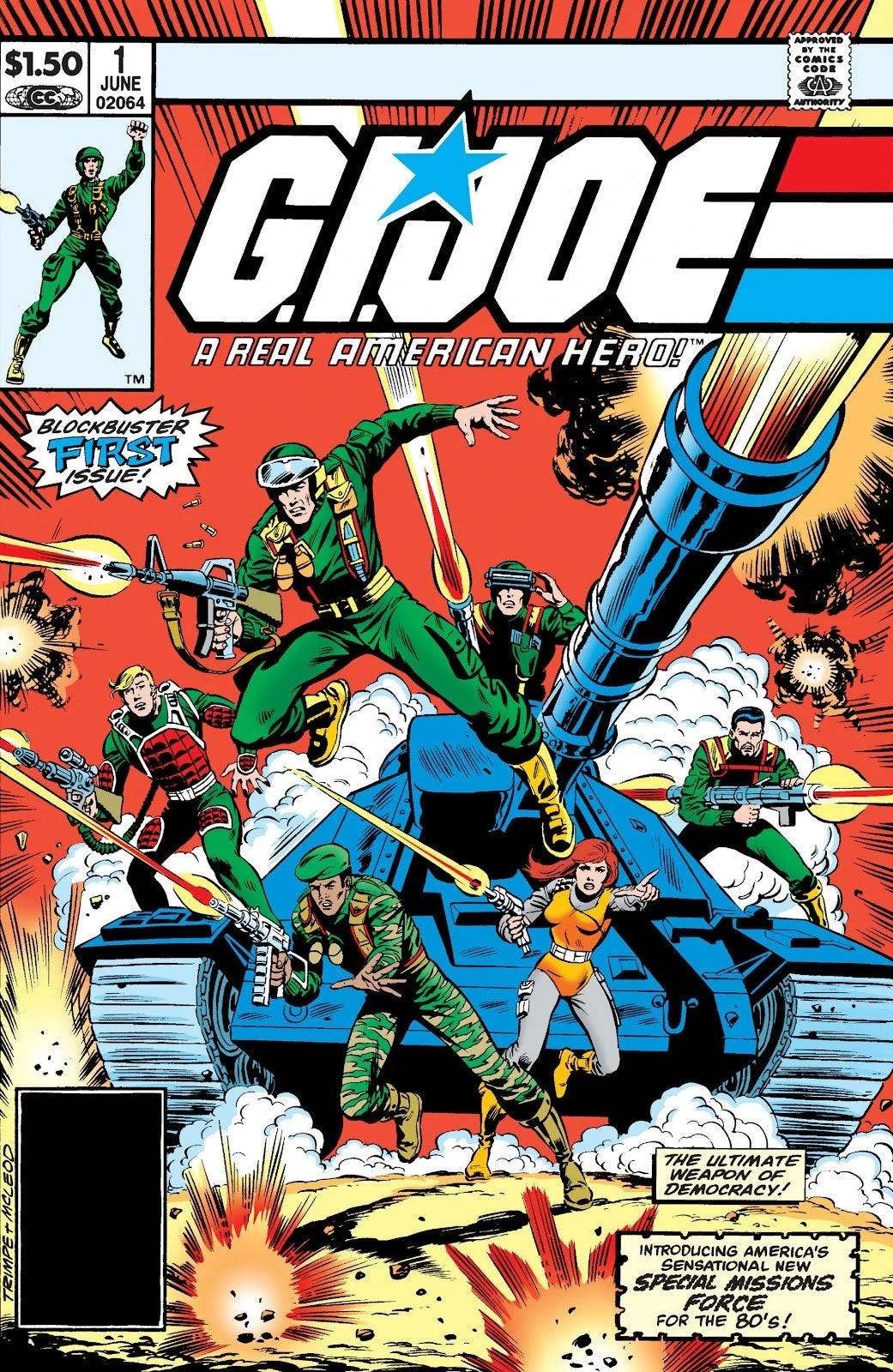 G.I. Joe #1
G.I. Joe #1
While not owned by Marvel, G.I. Joe's extensive character roster owes much to Marvel's creative efforts. Starting with G.I. Joe #1 in 1982, Marvel's contributions included the creation of Cobra by editor Archie Goodwin and the development of characters like Scarlett, Snake Eyes, Storm Shadow, Lady Jaye, and the Baroness by writer Larry Hama. Hama's storytelling and character development made G.I. Joe one of Marvel's most popular titles in the mid-1980s, notably attracting a significant female readership due to the equal treatment of female characters.

 Latest Downloads
Latest Downloads
 Downlaod
Downlaod




 Top News
Top News